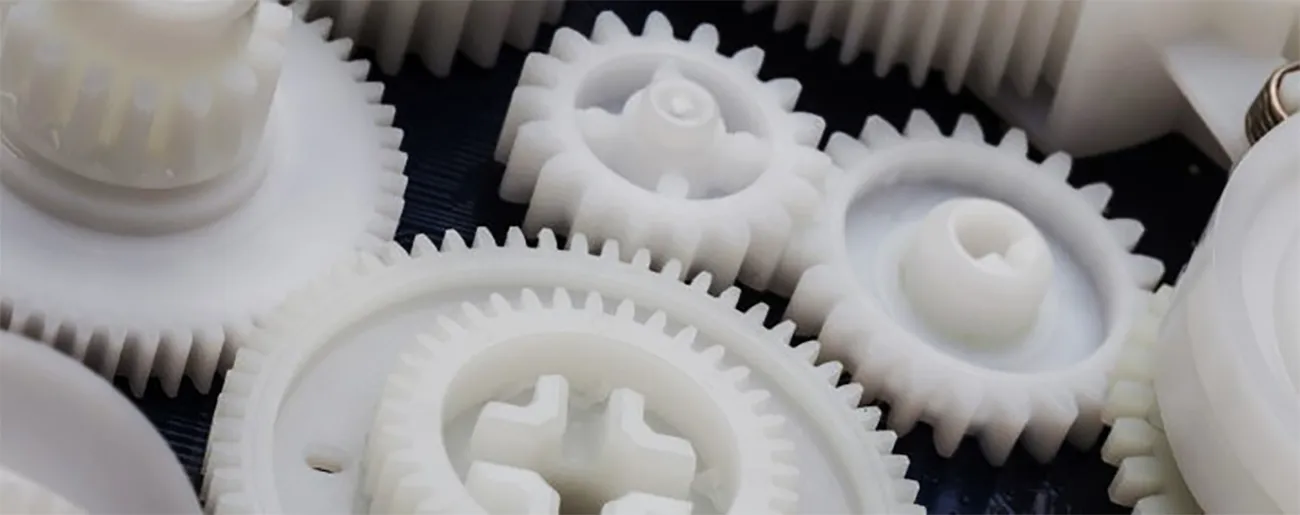
Additive manufacturing methods have a very broad field of application and are used for the production of both prototypes (“Rapid Prototyping”) and (small) series production (“Rapid Manufacturing”).
An increasingly significant application area is the 3D printing of spare parts. Especially for older machines, automobiles (vintage & classic cars), very complex components, or when there are no more “original spare parts” available, 3D printing is often a worthwhile option to create replacements. But also in special machine construction or when there are only very few copies of a machine, spare parts are often scarce or very difficult to obtain. 3D printing fills this gap. Learn how it works and what you should consider in this article.
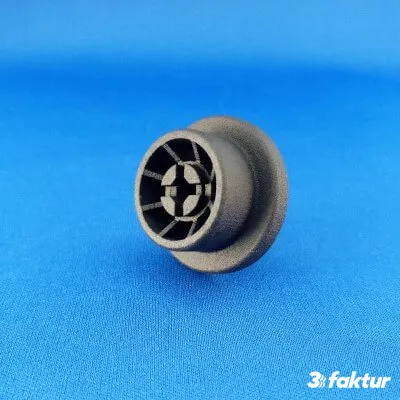
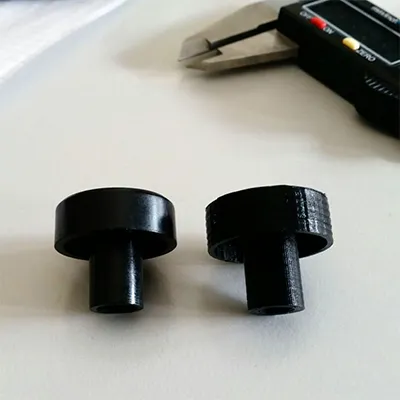
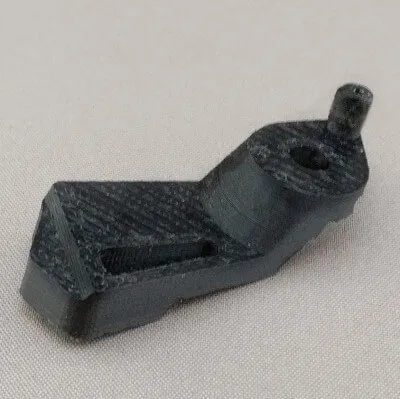
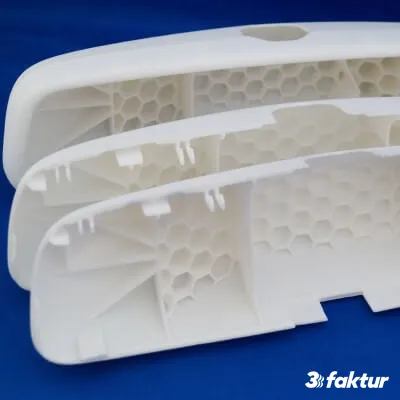
How Spare Parts Additive Manufacturing Works
As a rule, additive manufacturing of spare parts is significantly faster than traditional manufacturing of the same component. However, it can also be associated with considerable costs, depending on the chosen method and material. Especially in metal 3D printing, costs are often very high.
To create a 3D-printed copy from an (defective) original part, the following two steps are necessary:
- Digitalization of the component: For 3D printing, a digital 3D model of the object is required. There are two ways to obtain a 3D model. A: Design or B: 3D scanning.
- 3D Printing: For the production of spare parts, thermoplastics (e.g., PA 12) and metals are commonly used.
The digitalization process is often underestimated as a cost factor. Depending on the complexity, creating a 3D model through scanning or manual design can cost in the three to four-digit range. For smaller to medium-sized components, the costs of digitalization often exceed those of 3D printing.
Digitalization of the Object
Design:
For manually designing digital 3D models, the objects are first precisely measured and then digitally constructed using CAD software.
This process is labor-intensive and can, therefore, be cost-intensive. However, it is also a precise and reliable way to create a digital 3D model. For relatively simple geometric shapes, design is often the fastest and most economical approach.
Unlike 3D scanning, which generates mesh files, designing 3D models produces common CAD formats (e.g., STP/STEP). These data formats are also the basis for other production methods, such as CNC machining.
3D Scanning:
For objects with complex geometries, such as numerous freeform surfaces, the use of 3D scanning technology is appropriate. However, this technology reaches its limits when it comes to accurate scanning of undercuts, which often requires a CT scan. The cost of CT scanning for smaller components is usually in the range of EUR 400 net.
3D Printing of Spare Parts
Plastic:
If your object is a functional component, thermoplastics (usually polyamide 12 “nylon”) are primarily used. The typical processes for this are HP Multi Jet Fusion, or laser sintering, and sometimes the FDM process (polymers, e.g., ABS, ABS/PC, ULTEM).
Metal:
3D printing with metals is not comparable to plastic printing despite certain technical similarities. Due to manufacturing and material-related factors, surface quality and dimensional tolerances of metal 3D-printed objects must be compromised. Furthermore, costs often differ by a factor of 30 – 100.
Common metal 3D printing processes require support structures that are welded to the object. Consequently, the removal of these supports is labor-intensive and often leaves visible marks on the surfaces. Therefore, functional surfaces may often require post-processing (turning, milling, etc.).
Metal 3D printing is particularly advantageous when time is a critical factor or when manufacturing with “traditional” methods is too complex. It is also useful when surface quality is less important, and tolerances are not critical.
When is 3D Printing of Spare Parts Worth It?
The simple answer is: When the value of the component is higher than the costs of digitalization and subsequent 3D printing. For components in the private sector (unless digitalization is done independently), 3D printing is generally (currently) not cost-effective.
However, there is always one limitation to consider: Intellectual property rights of the respective components. In the case of old machinery or automobiles, this usually, but not always, presents no problem. However, for newer machinery and especially current vehicles, it can be problematic. In case of doubt, inquire with the manufacturer about the permissibility of replication.
We offer the following services:
- Digitalization
- 3D scanning using CT technology
- Cost per component in the range of EUR 400 net or EUR 500 gross
- 3D Printing
- Plastics: Printing with Multi Jet Fusion in polyamide 12
- Metal: Printing with DMLS in tool steel 1.2709 or aluminum AlSi10Mg
- For a price calculation for 3D printing, digitalization must be carried out first
- Process
- Send us photos of the component, along with approximate dimensions
- We will check the feasibility, and if feasible, you can send us the component by mail
- Scanning + printing typically takes 10 – 15 working days
- Please note the following
- We do not offer design services
- The original components must be intact
- The maximum dimensions of the components should not exceed approximately 250 mm
- Only CT technology is used for scanning
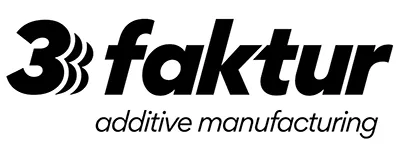
About 3Faktur: 3Faktur specializes in 3D printing, rapid prototyping, and rapid manufacturing. We utilize HP’s Multi Jet Fusion technology and offer various materials for prototyping and series production. If you have any questions about your project, feel free to contact us.
